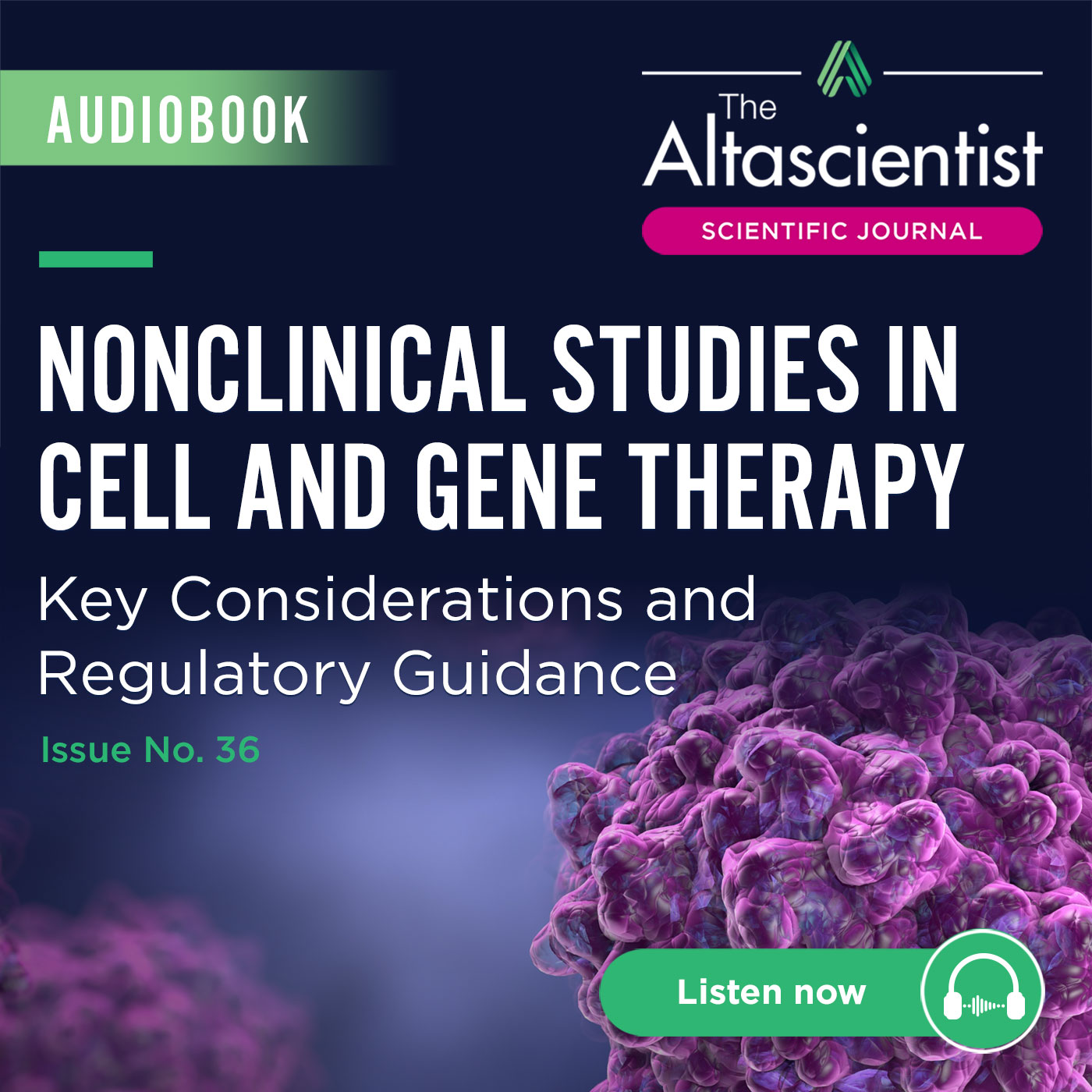Start Your Clinical Trials Faster... 70% Faster!
The Secret to Accelerated
Drug Development
Our latest case study showcases how we started a Phase I study in just 3.5 weeks, 70% quicker than the industry’s 12-week standard.
The secret to our success? Effective communication, strategic planning, optimal delegation of responsibilities, and removal of silos.
We aligned our internal team on all objectives, engaged in open dialogue with the sponsor throughout the study, and optimized project management by assigning two leads in two different time zones—expediting decision-making. This case study is your roadmap to faster drug development.
|
Contact us to discuss how we can accelerate your study start-up timelines.
Most Recent Scientific Posters Presented by Our Preclinical Experts
DELVE INTO A SPECTRUM OF PRECLINICAL TOPICS BELOW
Get ready for a must-read experience! We are pleased to share with you seven new scientific posters we presented at the 44th Annual American College of Toxicology (ACT) Meeting.
Delve into a spectrum of preclinical topics below:
• Introducing the Philippine Cynomolgus Macaque (Macaca Fascicularis Philippensis) as a Research Model in Drug Safety Assessment. Yafei Chen, MS, Senior Research Fellow
• Comparison of Cardiovascular and Respiratory Parameters in Three Strains of Research Pigs; Sinclair Nanopig™, Göttingen Minipig®, and Yucatan™ Miniature Swine. Miri Pannu, MS, Associate Scientific Director
• Creation of a Swine Model of Oral Angioedema. Kyle Klepner, Senior Study Director
• Intravenous Sampling and Administration in Rodents: Overcoming Challenges of Using Vascular Access Buttons™.
Dr. Gabriela Campoy, DVM, Associate Scientist, Study Director
• Understanding Species Variation in the Occurrence of Spontaneous Background Eye Lesions in Toxicology Studies: A Comparative Study. Dr. Nirmala Chinnappareddy, BVSc, PhD, DABT, ERT, Scientist/Study Director
• Historical Review of In-Life Data from Preclinical Studies Utilizing AAVs for Gene Therapy. Julie Forget, DESS Tox, DABT, Senior Director Safety Assessment
• Proposed Best Practices for Optimizing the Number of Animals in Toxicology Studies. Narine Lalayeva, MS, Associate Director, Safety Assessment
Questions? Speak with one of our experts about your small or large molecule preclinical projects. We can get your study started within the next two months!
SUBMIT AN INQUIRY
Never Miss an Issue of The Altascientist—Subscribe!
|
Think Ethnobridging Sooner!
Planning a Phase I clinical trial? Consider an ethnobridging strategy.
By conducting vital analyses on Asian participants during Phase I studies conducted in Western regions, you can significantly cut costs and shorten the NDA timeline. This strategy streamlines the approval process in Asian markets and addresses potential disparities in drug metabolism between Asian and non-Asian populations.
Here are some key resources for ethnobridging in Phase I clinical trials:
In this issue of The Altascientist, we demonstrate how ethnobridging can prevent the need for region-specific development programs, helping you safely achieve commercial milestones more efficiently.
In this complimentary webinar, Mel B. Affrime, PharmD, Executive Vice President, Translational Medicine, discusses how ethnic differences can impact the bioavailability of your drug candidate and how to design a multiregional clinical development program to hasten worldwide regulatory approval safely.
Speak with an expert today to discuss your next clinical program.
You may also be interested in the following webpages:
Ethnobridging Clinical Trials
Early Clinical Development Services — Phase I/II
Altasciences transforms the traditional outsourcing paradigm by simplifying and streamlining drug development solutions, whether for a single study or multiple programs, to offer an integrated/synchronized approach to CRO and CDMO services.
Accelerating Decentralized Clinical Trials with Precise ASO Analysis
In this poster presentation, Dr. Mingluan Chen discusses the first successful application leveraging the Capitainer® qDBS device, for the quantitative bioanalysis of Fomivirsen ASO and its 5’ n-1 metabolite from dried blood micro samples using a hybridization LC-MS/MS workflow.
The ability to quantify ASOs accurately and efficiently in dried blood samples means critical patient populations may be more readily accessible for decentralized clinical trials. This can lead to faster, more efficient research and improved patient outcomes.
You may also be interested in the below resources:
Webpages:
Research Articles:
Accurate Quantification of ASOs in Mouse Serum Using Microsampling LC-MS/MS
Poster Presentations:
Application of Mitra® Microsampling for the Quantitative Bioanalysis of ASOs
Introducing Philippine-Origin Cynomolgus Macaque As a Research Model
Understanding Species Variation in the Occurrence of Spontaneous Background Eye Lesions

